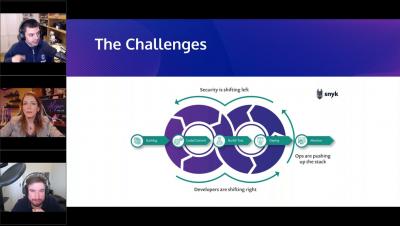Singapore's PDPA - Are You Prepared for Your Next Data Breach?
Businesses in Singapore face mounting challenges to protect customer data as a result of the newly enacted Personal Data Protection (Amendment) Bill (PDPA). With higher penalties expected to be levied from February 2022, it’s imperative that enterprises, particularly those collecting customer data, have a solid information security framework and incident response plan in place.










